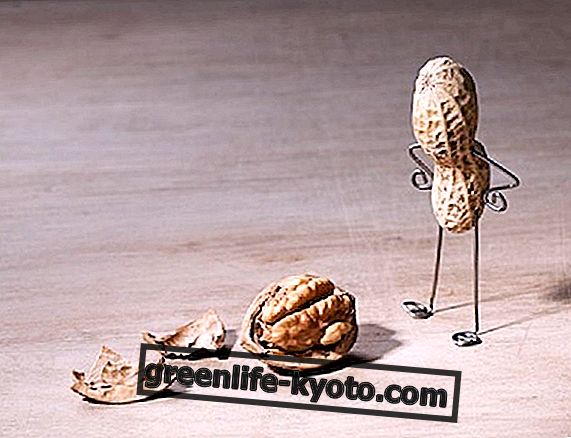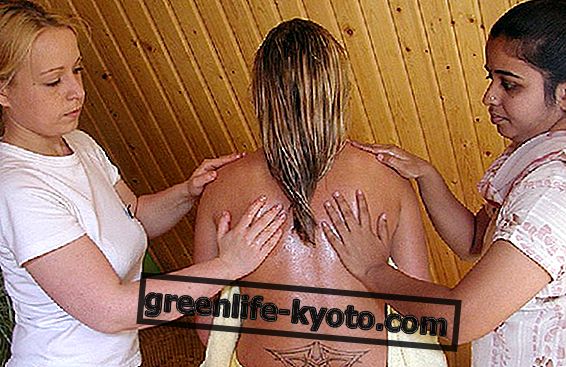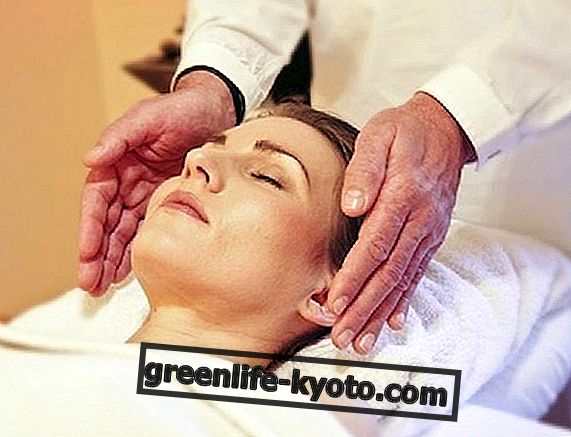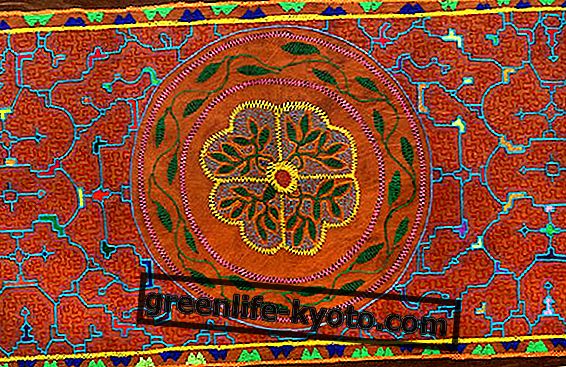
How do we choose products for personal hygiene ? What is it that attracts us? Sometimes the scent, others the packaging, sometimes we choose a shampoo because it is on special offer; other times we let ourselves be guided by advertising or by the charm of the big brands.
The only criterion that should instead accompany us in choosing all the products for personal hygiene is the label .
Personal hygiene: the importance of the label
Natural products for personal hygiene often contain ingredients that could be harmful to health and create skin disorders, allergy and, in the long run, even serious illnesses.
Unfortunately, even many products that are advertised as "natural" and sold in herbalist shops often, along with the much advertised natural ingredients, contain the same potentially harmful components of many personal hygiene products that can be bought in supermarkets.
How to choose then? Getting into the habit of reading the INCI, or the list of ingredients that make up the product and learning about the most harmful ones.
A valid help in this sense is the Biodizionario.it which, through a very simple interface, allows to search for the ingredients used in the composition of products for personal hygiene, but also in many other commonly used products, and provides a precise indication of the harmful potential of these ingredients.
Personal hygiene: the truly natural alternative
Is it possible to care for the personal hygiene of children and adults with truly natural products? The answer is absolutely yes.
First of all, there are brands engaged in the marketing of truly natural personal hygiene products, they are mostly German and Swiss and, by learning to read the labels, you also learn to know these brands and to choose the ones most suitable for you.
Among the products for personal hygiene there are very simple natural products that save health and wallet. In many cases it is simply a matter of bringing back the practices and recommendations of our grandmothers. Let's look at some examples:
- Vinegar : when shampooing, added to the last rinse makes the hair more shiny.
- Milk : it has emollient and nourishing properties and can be poured into the bath water. For a more fragrant bath, a few drops of lavender essential oil can be added to the tub.
- Sweet almond oil: it is good for moisturizing the skin and for compressing the hair after shampooing; it can therefore be a substitute for both body creams and conditioners or hair creams. It is also an excellent anti-stretch mark remedy.
- Oats : can be used for personal hygiene, and in particular, bags can be created with oats and chamomile to be used during the bath instead of bubble bath: they can be rubbed on the body or kept in "infusion" in the water of the tub. Oats can also be used simply by joining it to the bath water, perhaps adding a few drops of essential ylang ylang or lavender oil. Oats are ideal for dry and sensitive skin hygiene, even in case of rashes or to relieve itching. It is perfect for children.
- Mint: refreshes the oral cavity and guarantees a fresh breath. This does not mean that you should not brush your teeth with a toothbrush and toothpaste, but only that, in the case of halitosis, it may be useful to chew some fresh mint instead of using chewing gum or mouthwashes.











